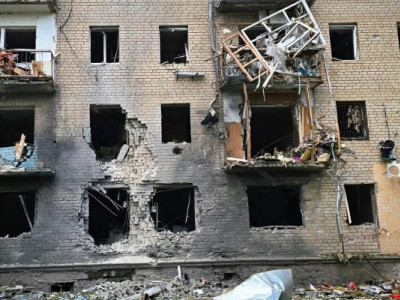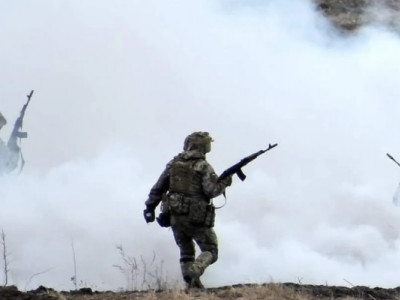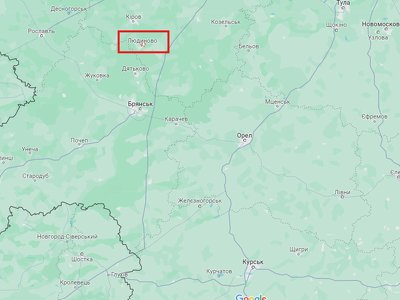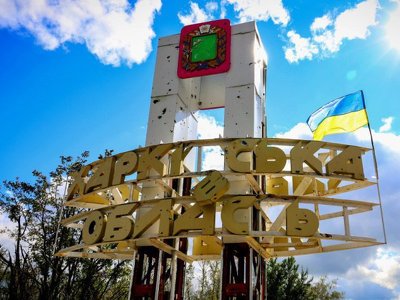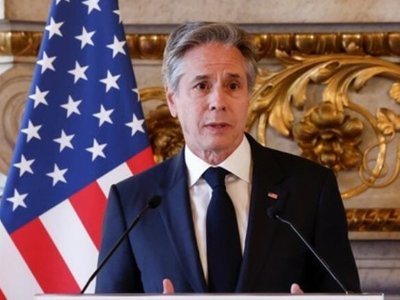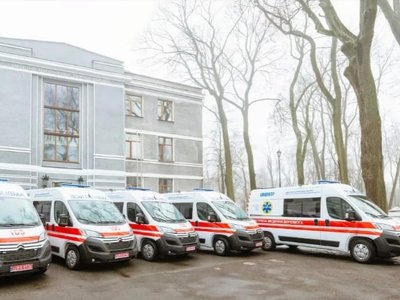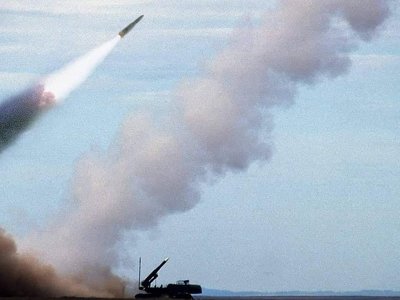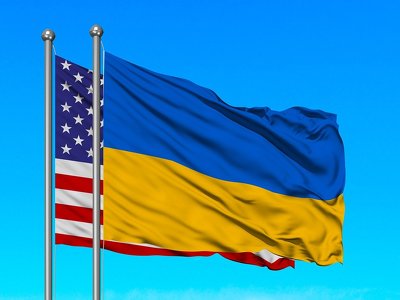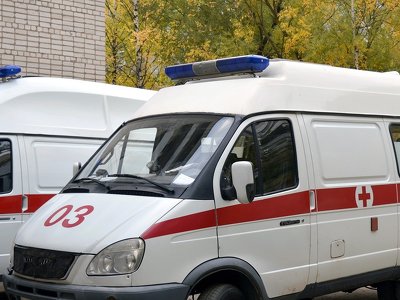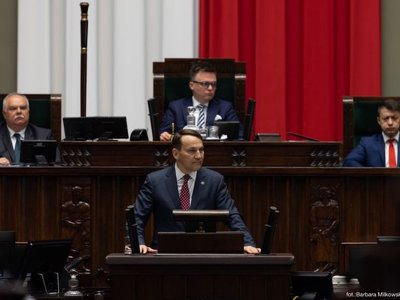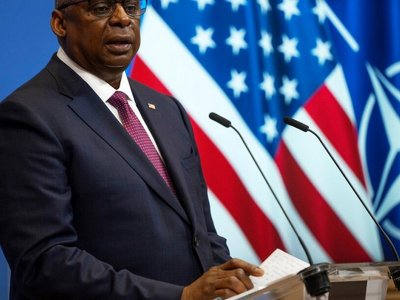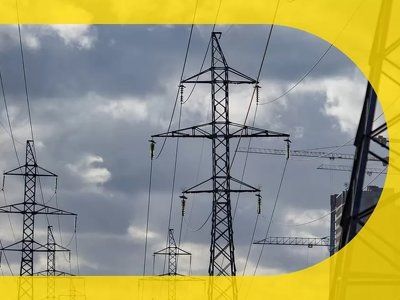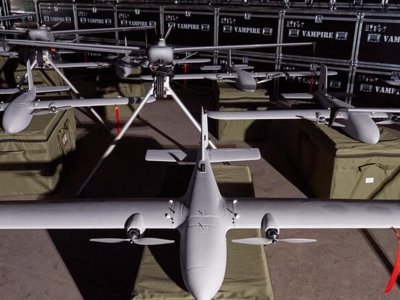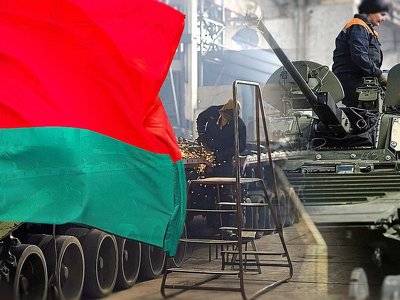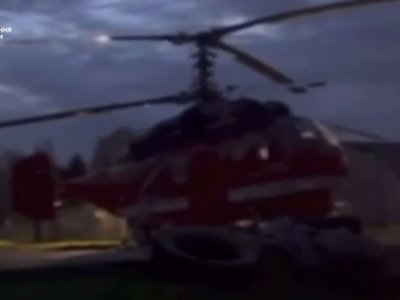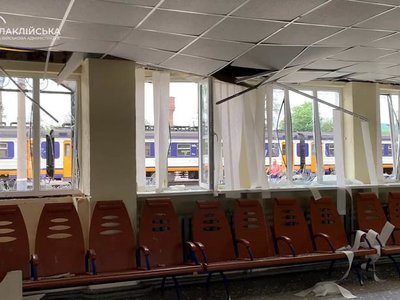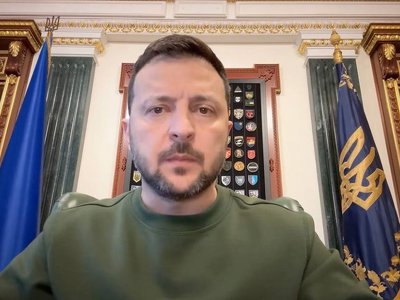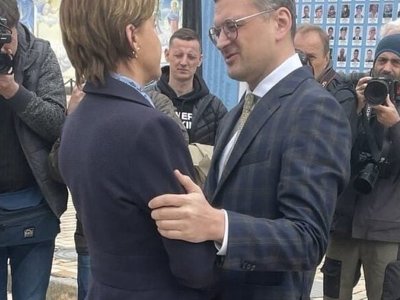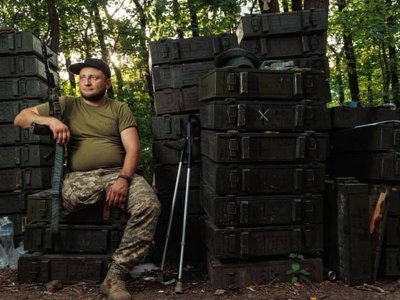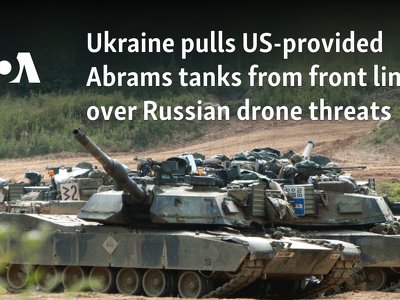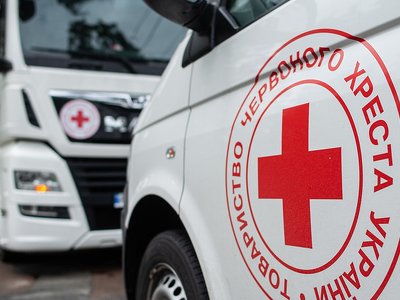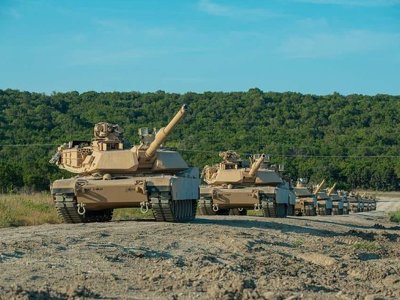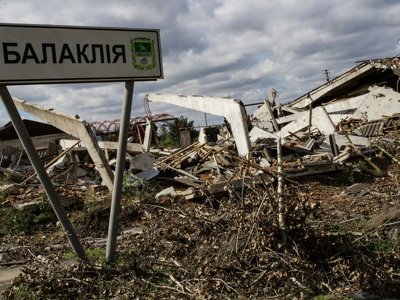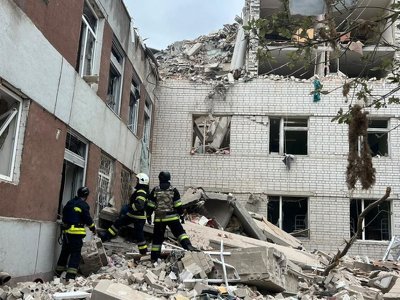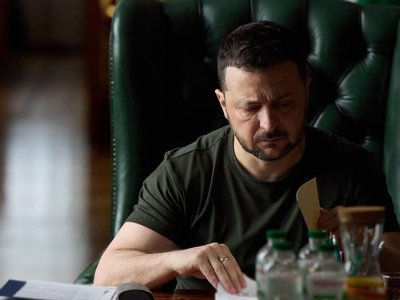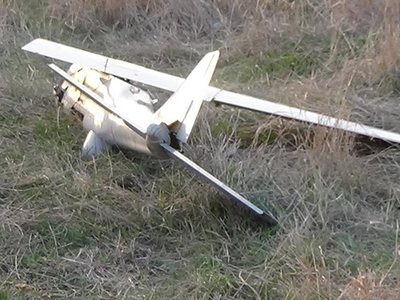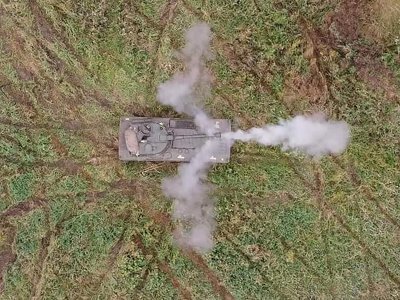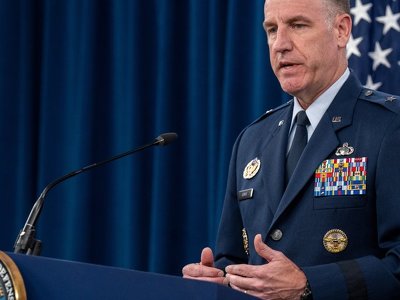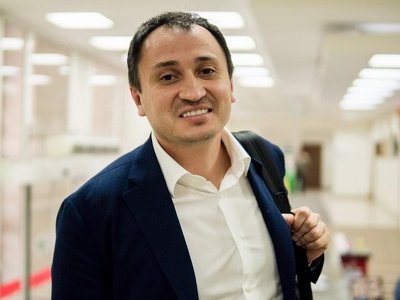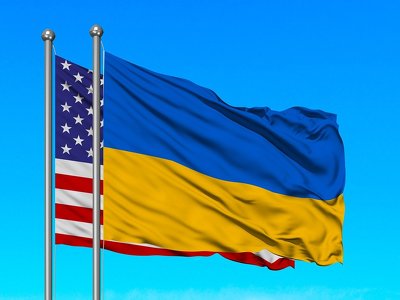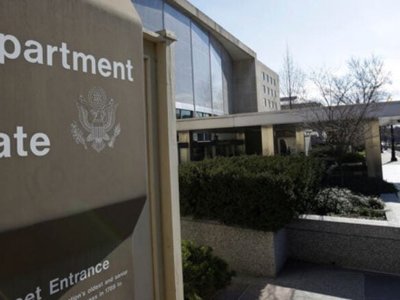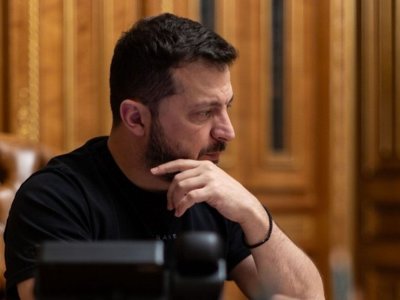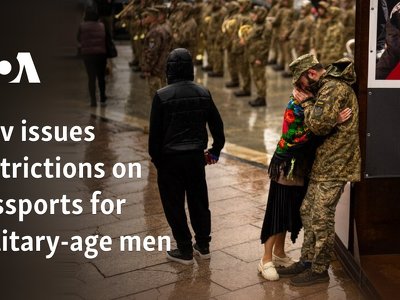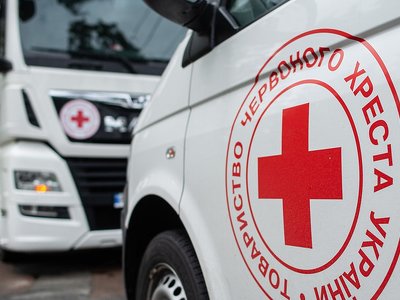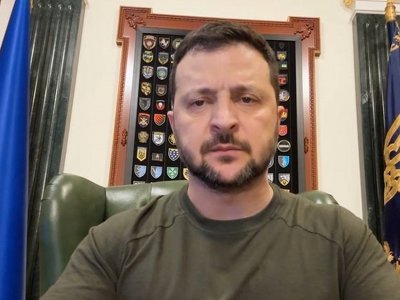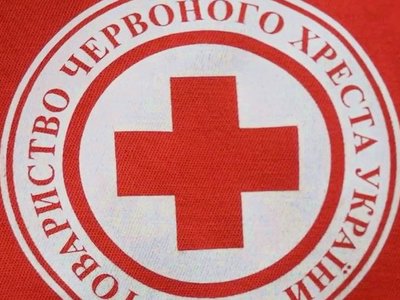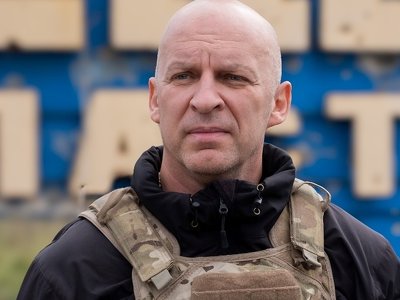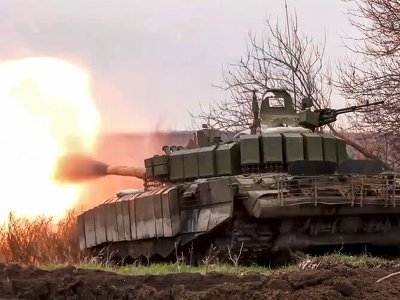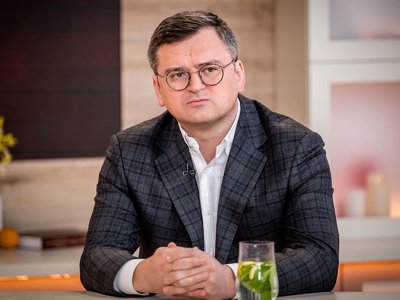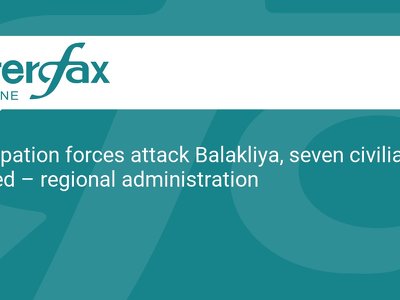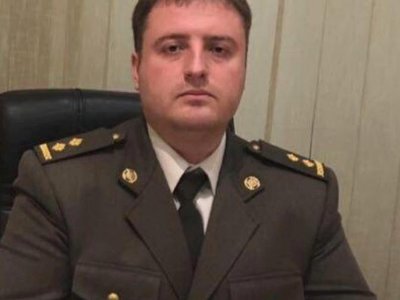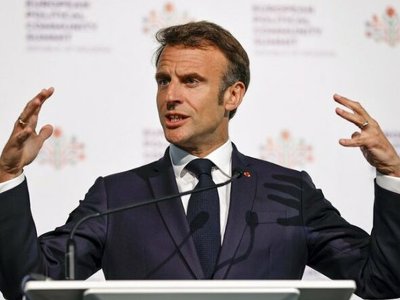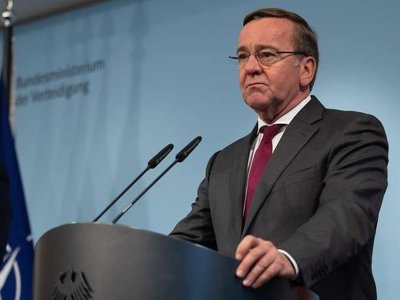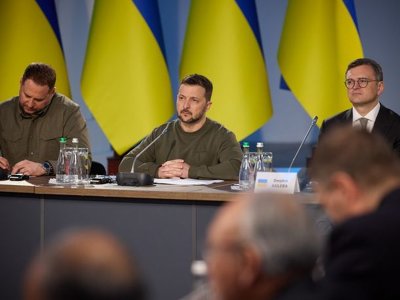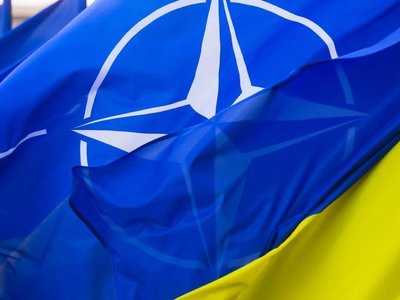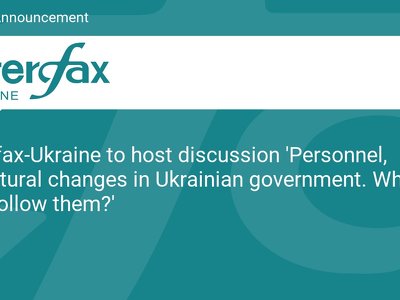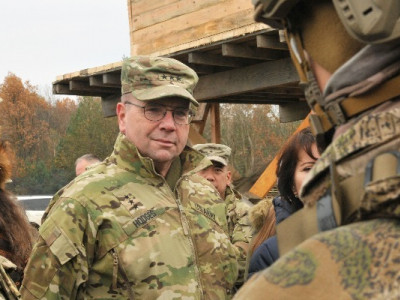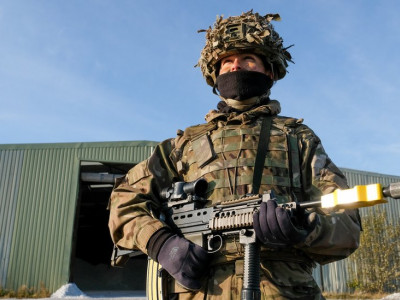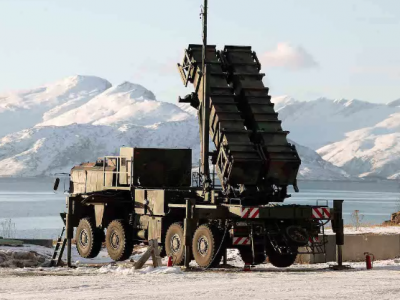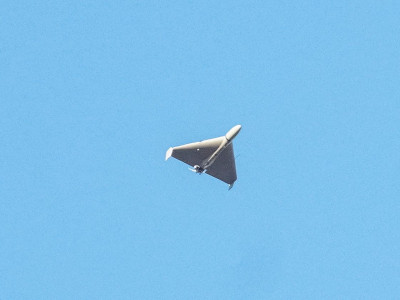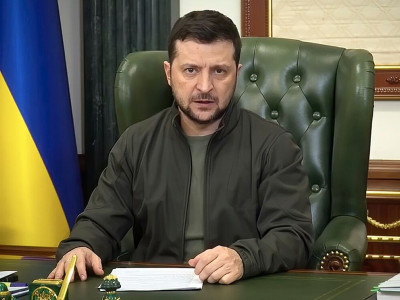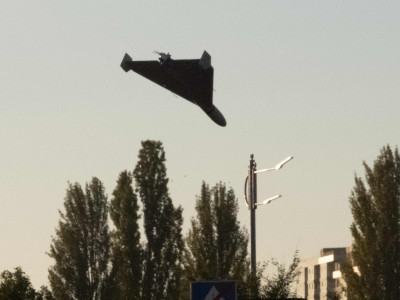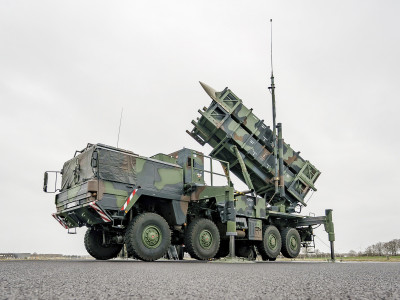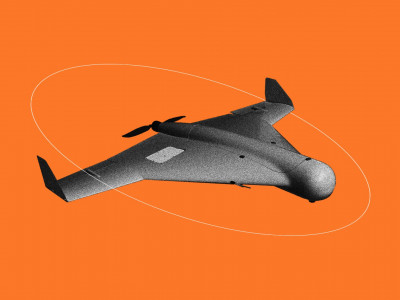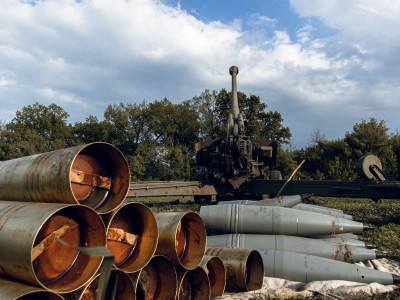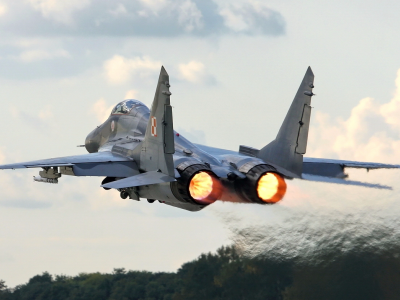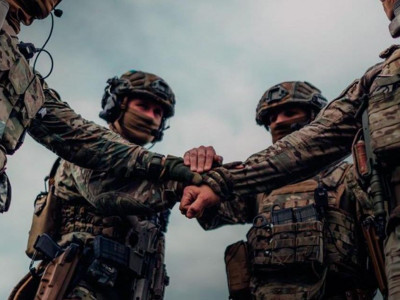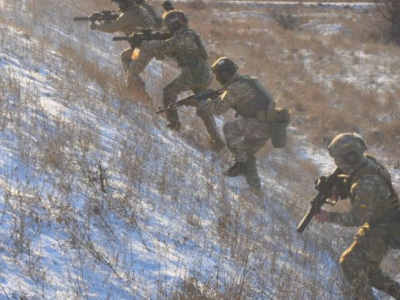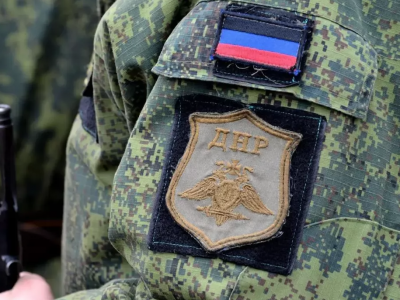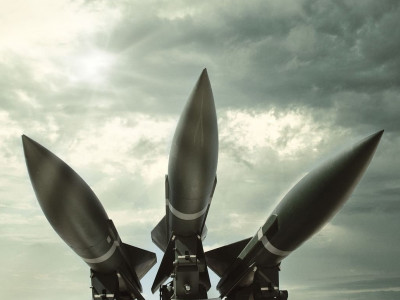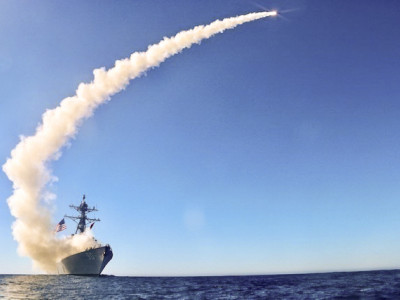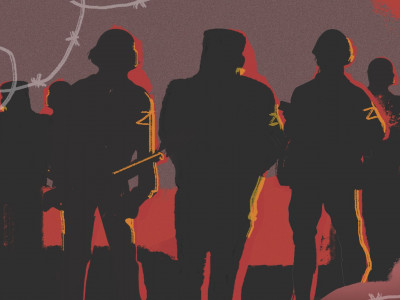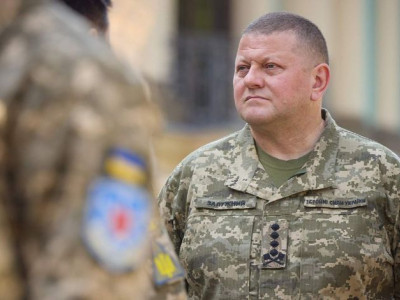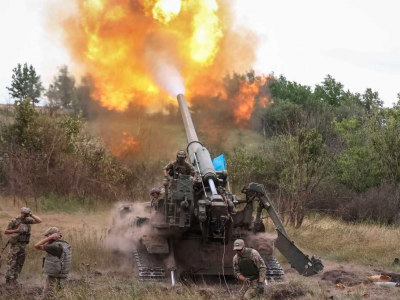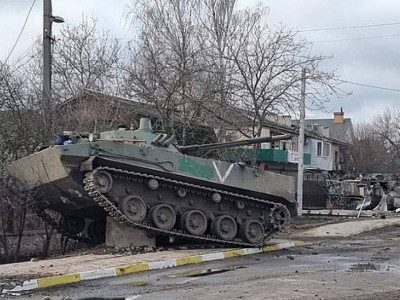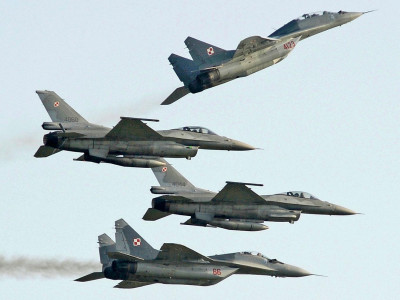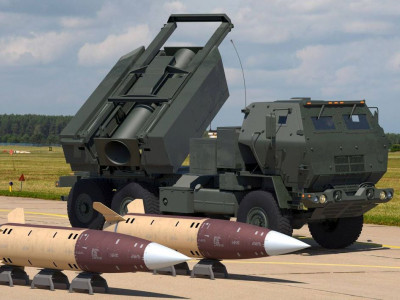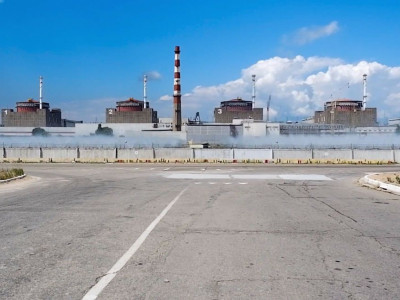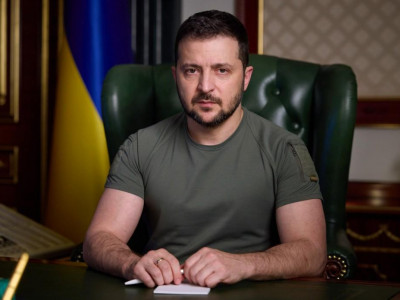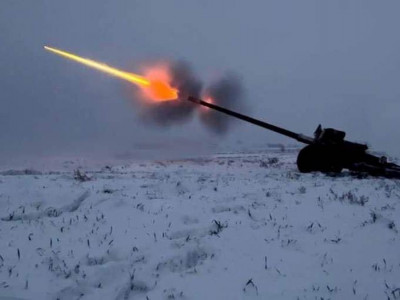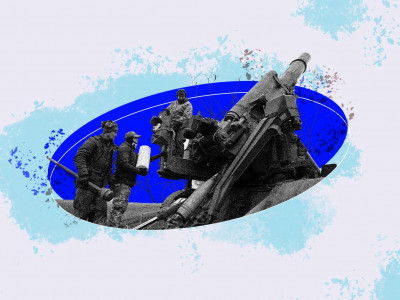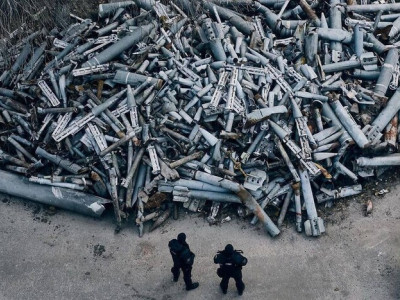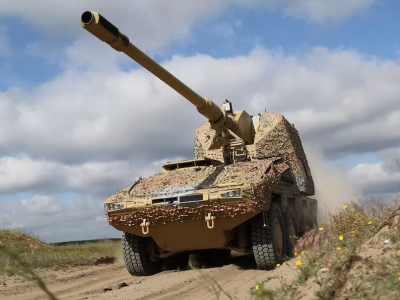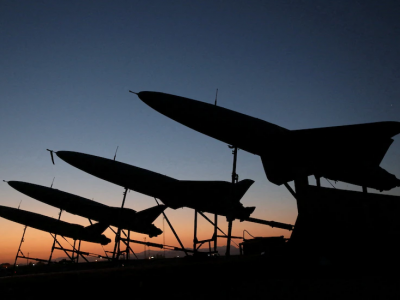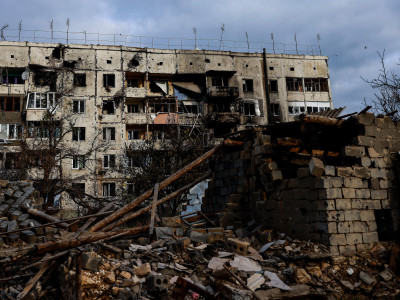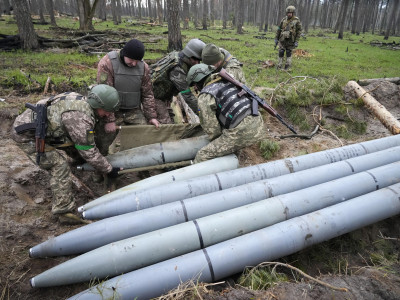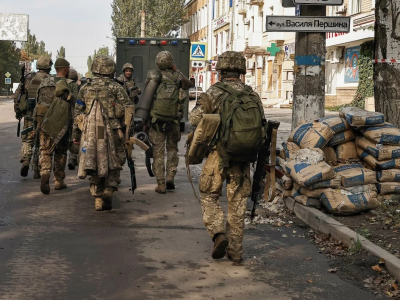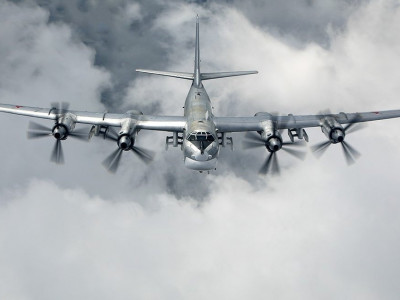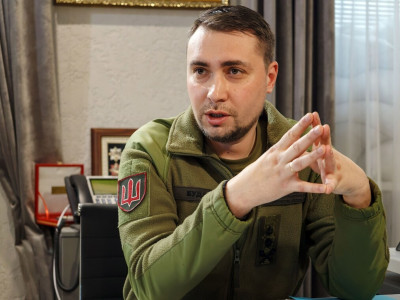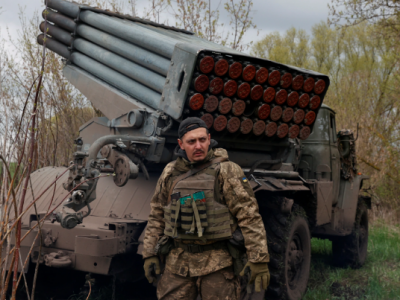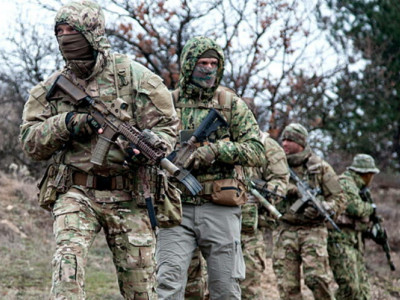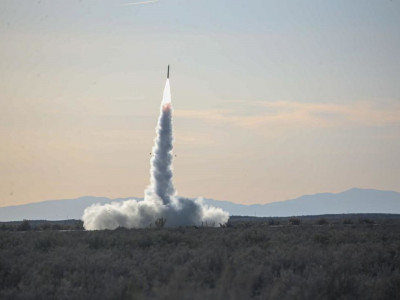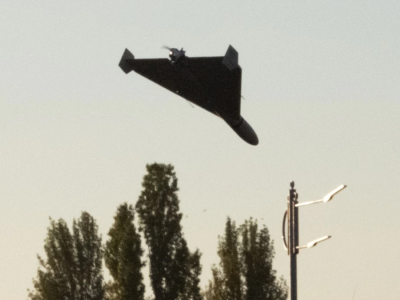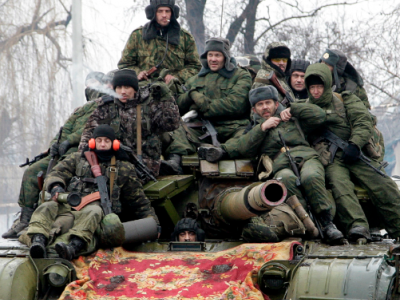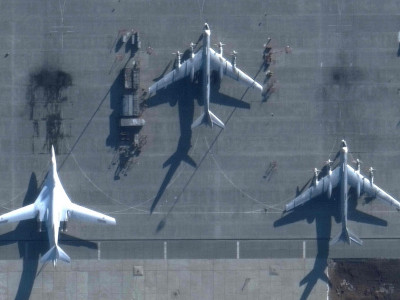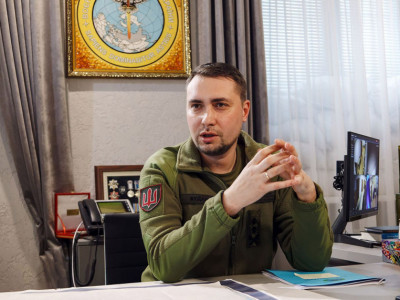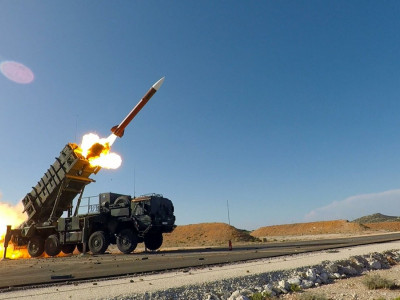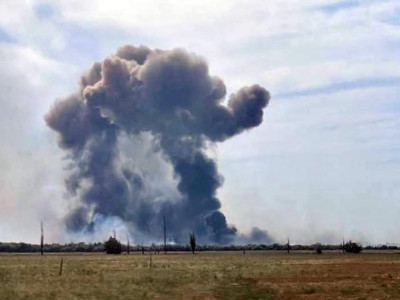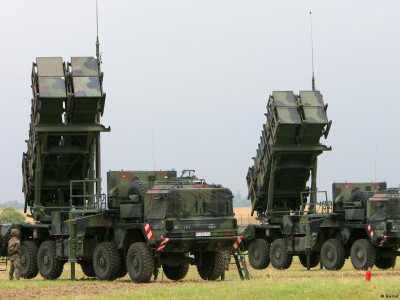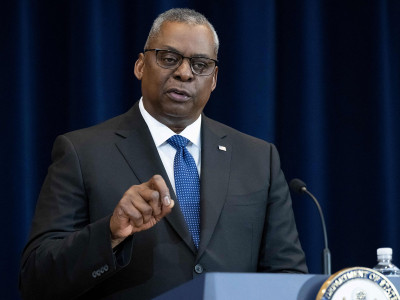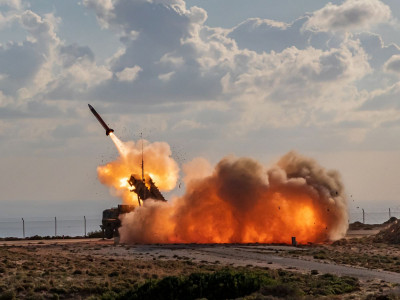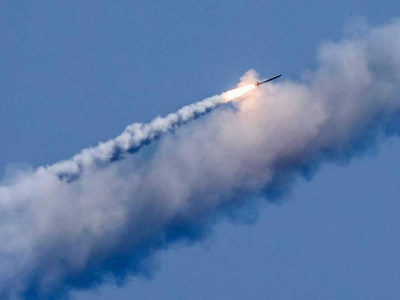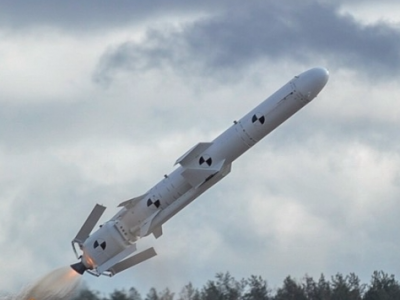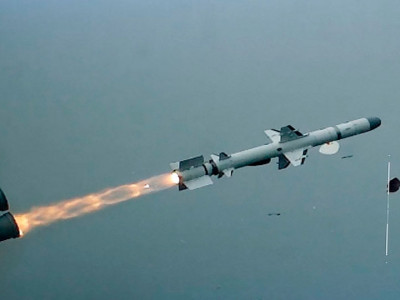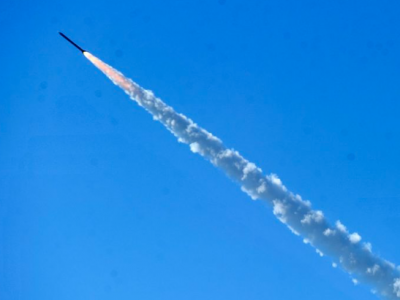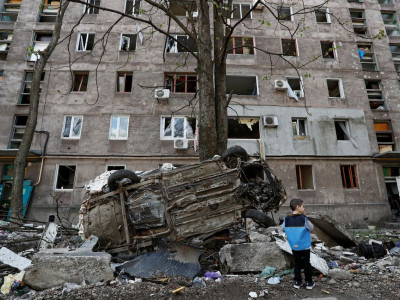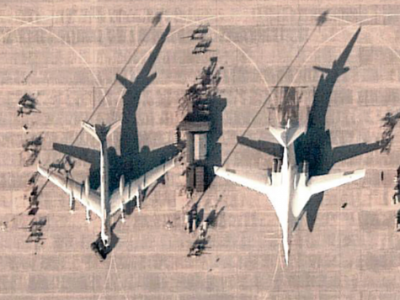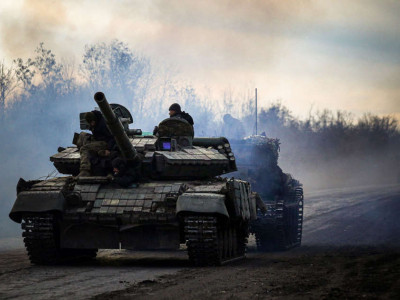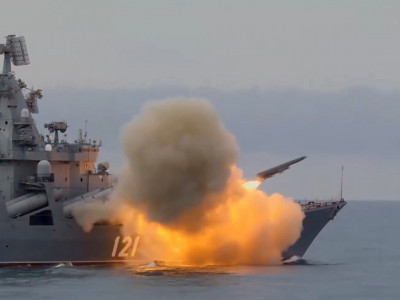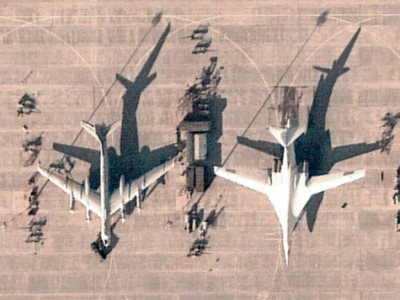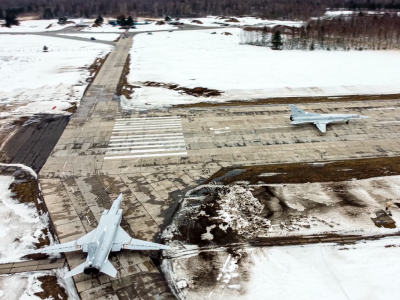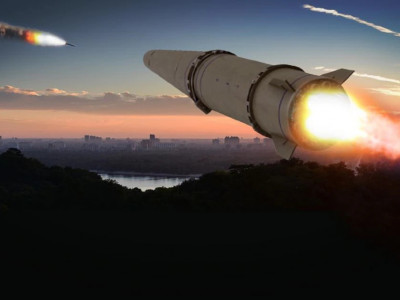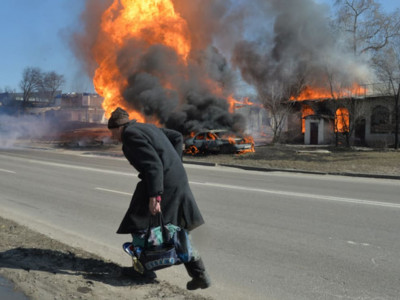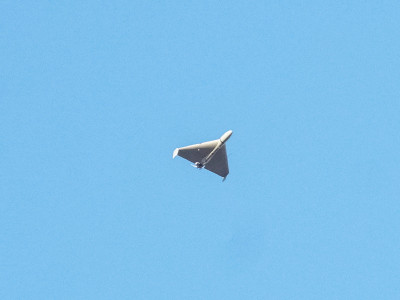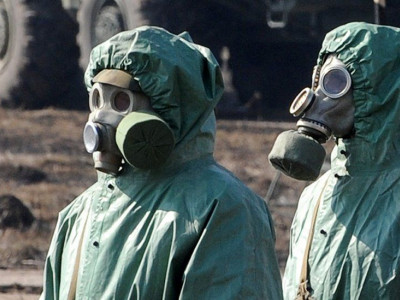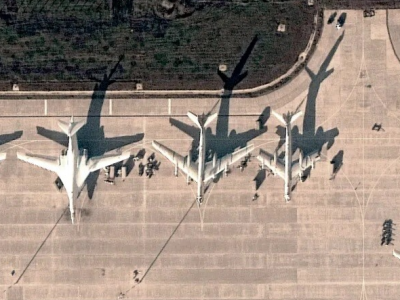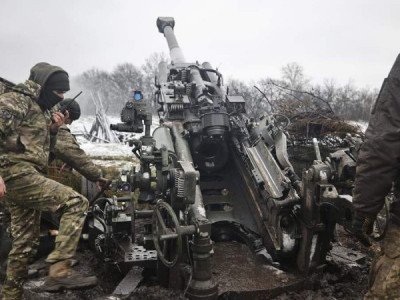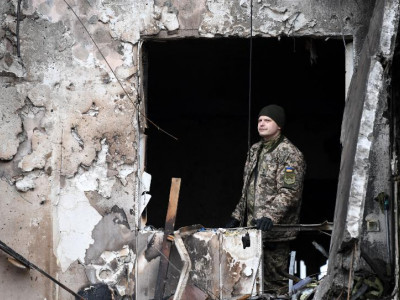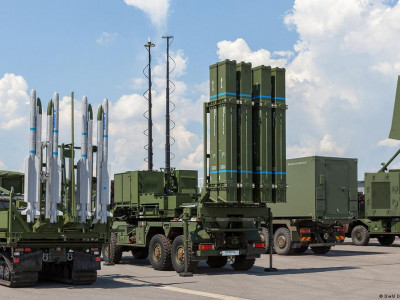What is the goal of Russia's mass drone attack on Poland and how should NATO respond?

Russia’s attack on the night of 9-10 September has opened a new chapter in the war. Around two dozen combat drones flew through Ukraine and crossed into Poland. The Polish armed forces were forced to open fire and close four airports.
No one was injured, but the incident raised a number of questions.
Firstly, the effectiveness of the military left a lot to be desired.
Despite the relatively small number of drones in Polish airspace, and the fact that NATO allies joined in the effort to shoot them down, only a few drones were intercepted. One flew across half of Poland without hindrance and crashed in a field 300 km from the Ukrainian border after running out of fuel. Another nearly reached Gdańsk without being noticed.
Secondly, there are questions about NATO's response to the incident.
Many in Ukraine were disappointed that the Alliance did not invoke Article 5 on collective defence. Although the drone attack on Poland was intentional, it did not cross the threshold required. In this article, we explain what that threshold actually is.
In fact, Russia deliberately planned the attack in such a way as to avoid a response. For this reason, the drones directed at Poland were even stripped of explosives. Russia does not want to start a war with NATO. Its goal is to expose the Alliance's weaknesses to the world and to push against the red lines.
It’s also important to recognise that the Kremlin emerged as the winner after the 9-10 September attack, having fully achieved its objectives. And if the West fails to come up with an adequate response, further escalation from Russia will not be long in coming.
Russian drones have entered Polish territory many times before, especially in recent months. Explosions have also been heard there.
And not only in Poland. Incidents involving Russian drones became routine for Romania in 2023-24, when the Russians would frequently target Ukraine’s Danube ports, right on the border. For a long time, officials in Bucharest denied that missiles and drones had crossed their airspace, despite numerous statements from Ukraine’s Air Force. Romania was particularly persistent in denying explosions on its soil, until local residents and journalists who had seen the blasts and their aftermath with their own eyes voiced their outrage at this.
The first violation of NATO's border by a Russian drone actually occurred back in March 2022, when a Soviet-made Strizh drone apparently flew unhindered across all of Hungary and crashed in Zagreb, the capital of Croatia, damaging 40 cars.
But each time, the governments of the affected states insisted that these were accidental, "unintentional" violations of NATO's airspace and therefore could not be considered attacks against the Alliance.
These explanations were often not entirely truthful. For example, during the attacks on Ukraine’s Danube ports, the Russians deliberately routed the drones and missiles through Romanian territory, where both air defences and trained military personnel are scarce. However, the ultimate target of the attacks was really Ukraine each time.
Now everything is fundamentally different.
When 19-20 drones cross the border simultaneously, that cannot be a coincidence. This was the deliberate targeting of military assets towards Poland. And there may have been even more, since a significant number of drones were shot down that night by Ukraine’s Air Force.
Another difference is the seriousness with which the Polish army perceived the incident. The Poles regularly scramble their fighter jets during missile attacks on western Ukraine, but up until now they have not engaged. This time, Poland's General Staff gave the order for combat use for the first time. The Poles managed to shoot down some of the drones.
Because of this, they had to close their airspace and suspend operations at four airports, including Warsaw’s busiest.
The commitment to collective defence is the core essence and meaning of NATO: an attack on one member is an attack on all. Yet in past incidents the question of collective defence never arose, because Poland and Romania insisted they saw no evidence of deliberate Russian actions directed against them.
The attack on Poland on the night of 9-10 September was certainly neither an accident nor a drone malfunction. Moreover, Warsaw officially recognised it as an "act of aggression" against the country in a statement by its General Staff.
But does this mean the other member states are obliged to come to its defence?
The short answer is no.
And the reason is not simply that the Alliance has no desire to enter into conflict with Russia (though that challenge exists as well). The barrier here was that the drone attack on Poland did not reach the threshold required for collective defence.
Article 5 of the NATO Treaty obliges all member states, in the event of an "armed attack" against any member of the Alliance, to "assist the Party so attacked by taking forthwith… such action as it deems necessary, including the use of armed force". For this to happen, all NATO members must agree that an "armed attack" has indeed taken place.
But under international law, not every use of force against a state qualifies as an "armed attack".
Armed attacks were defined by the International Court of Justice in its judgment on the Nicaragua Case as "the most grave forms of the use of force". The ICJ ruled that only the most serious forms of force amount to an armed attack, obliging states to distinguish such attacks from "other, less grave forms". Thus, strange though it may sound to non-specialists in international law, not every act of aggression against a NATO state counts as an "attack" on it.
For example, during clashes with the so-called Islamic State in 2015 and 2020, including some on its own territory, NATO member Türkiye invoked not Article 5 but Article 4, calling for Alliance security consultations. Poland did the same after the Russian drone attacks.
The threshold at which one can speak of an "attack" is blurry, but Russia did everything it could to make sure it did not cross it.
What would have to happen for Russia’s actions to qualify as an attack on NATO?
At minimum, it would need to be a targeted, deliberate and leadership-sanctioned Russian strike on specific important sites in Poland.
Each of those words in bold matters.
An accidental border crossing by Russian drones or missiles, as has occurred in the past, is not an armed attack. It must be a purposeful strike.
The events of 9-10 September do meet this requirement, but not the requirement that specific sites were targeted. The Russian drones crashed randomly in various regions after running out of fuel. Everything suggests they were not aimed at particular targets. And if it is confirmed that they carried no warheads at all, that would be a further reason to rule out classifying the drone incursion as an attack on Poland.
Even if drones do eventually strike a certain site, the NATO allies must not have reasonable grounds to believe it was accidental (for example, a guidance error). If, say, a drone hits a farm near Lublin, it would be hard to argue that Putin is specifically at war with the owner of that farm. But a simultaneous launch of multiple drones and/or missiles on a military logistics hub in Rzeszów would leave no doubt that this was a deliberate attack, even if the drones and missiles were intercepted before reaching their target.
In that case, NATO would indeed face the question of how to respond and what the consequences of invoking Article 5 against Russia would be. But for now, there are no grounds to do so.
There is no doubt that the Kremlin is fully aware that a drone attack against a member of NATO, even if limited and carefully designed not to cross red lines, is a deliberate and controlled escalation. In recent weeks, there have been other actions pointing in the same direction. For example, the Iskander strike on a Ukrainian government building where the missile hit but did not explode.
Why now? Is this a way of putting pressure on Trump, and if so, for what purpose? Is there any connection to the recent meeting between Vladimir Putin, Xi Jinping and several other "anti-Western" leaders in Beijing? Has China given its consent to this controlled escalation? As yet there are no clear answers to these questions.
But some of the objectives that Russia seeks to achieve with the drone attack on Poland are already obvious.
Putin’s strategic goal is the destruction of Western unity and the erosion of trust within NATO.
The attack on Poland, a NATO member and close US ally – deliberately planned so that NATO could not respond – fits this goal perfectly. It feeds distrust and strengthens the narrative of a "helpless NATO".
Putin’s attack also dealt a severe blow to confidence in NATO’s air defences.
While not disastrous, the results of the attempts to repel this attack were unacceptably poor.
Polish F-16s, assisted by a Dutch F-35 unit, Italian AWACS and Patriot radars, were only able to shoot down a small fraction of the drones (according to unconfirmed reports, just 4 out of 19).
Of course the Poles can argue that the drones were not aimed at strategic targets, where defences may be stronger, or that the Polish military lacks combat experience, while Russia has gained plenty of that in its war against Ukraine. But these explanations only bolster the argument that NATO’s skies are inadequately protected.
At the same time, organisations monitoring publis discourse in Poland report that they are seeing a visible boost to Russia-friendly narratives in Polish social media such as "NATO won’t protect you" and "This is Ukraine's fault."
Taken together, this leaves Poland and the Alliance as a whole facing a difficult choice.
The traditional approaches inherited from Cold War days would encourage NATO to avoid escalation and instead "start a dialogue" with Russia to prevent future incidents. But choosing to go down that route would be a defeat for the Alliance
- Last
- February, 05
-
-
-
-
- April, 28
-
-
-
-
-
-
- April, 27
-
-
-
-
-
-
-
-
-
News by day
18 of September 2025

